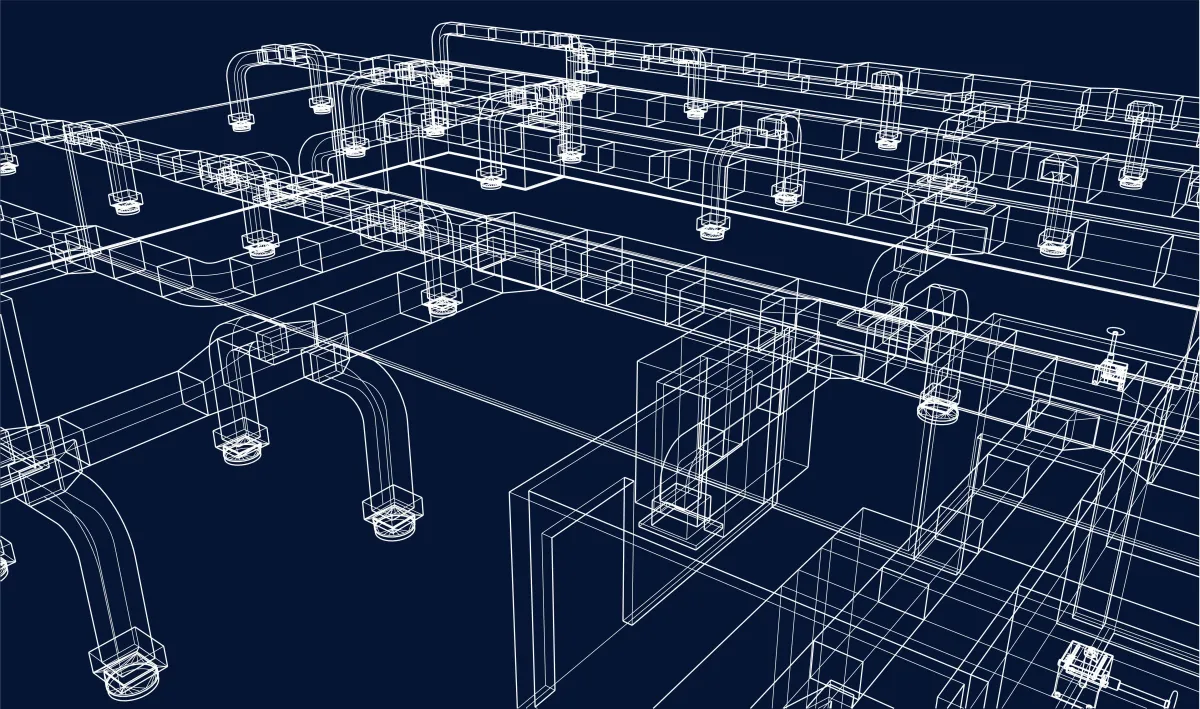Duct Design News and Tips

The Ultimate Guide to Ductwork Fabrication
Ductwork fabrication is a critical component of any HVAC (Heating, Ventilation, and Air Conditioning) system. Properly designed and installed ductwork ensures efficient air distribution, optimal system performance, and long-term energy savings. This guide will take you through the essential aspects of ductwork fabrication, including materials, tools, techniques, and why precision is vital to a well-functioning system.
What Is Ductwork Fabrication?

Ductwork fabrication refers to the process of designing, manufacturing, and assembling the air ducts that transport heated or cooled air throughout a building. It involves cutting, shaping, and assembling sheet metal or other materials to create a system tailored to specific HVAC requirements. The process demands a high level of precision to ensure minimal air leakage, efficient airflow, and compatibility with the building's structure.
Materials Used in Ductwork Fabrication
The choice of materials is crucial to the functionality and durability of ductwork. Common materials include:
Sheet Metal (Galvanized Steel or Aluminum): Durable and resistant to corrosion, sheet metal is the most widely used material for duct fabrication.
Fiberglass Duct Board: Offers insulation and soundproofing but is less durable than metal ducts.
Flexible Ducting: Made of plastic and reinforced with wire, these are ideal for tight spaces but less efficient for long-term use.
PVC (Polyvinyl Chloride): Used in specific applications requiring lightweight and moisture-resistant solutions.
Tools Required for Ductwork Fabrication

Ductwork fabrication relies on a variety of tools to achieve precise cuts, bends, and assemblies:
Sheet Metal Shears: For cutting metal into desired shapes.
Bending Brakes: Used to create bends and angles in the sheet metal.
Crimpers: Essential for creating connections between duct sections.
Seamers: For securing seams in the ductwork.
Measuring and Marking Tools: Ensuring accuracy during the fabrication process.
Plasma Cutters: For precise and intricate cuts on sheet metal.
Techniques for Ductwork Fabrication
Precision in ductwork fabrication is achieved through the following techniques:
Measuring and Planning
Accurate measurements of the building’s dimensions and HVAC requirements are essential. Duct sizing is a critical aspect that determines the system’s efficiency.
Cutting and Shaping
Using tools like shears and plasma cutters, sheet metal is cut and shaped into segments. Each segment must meet exact specifications to ensure proper assembly.
Joining and Sealing
Sections are joined using flanges, cleats, or welding. High-quality sealants or tapes are applied to prevent air leakage.
Insulating
Insulation materials are added to reduce heat loss or gain, enhance energy efficiency, and minimize noise.
Testing and Quality Control
Fabricated ducts undergo testing to ensure they meet industry standards for airflow, pressure, and durability.
The Importance of Precision in Ductwork Fabrication

Precision in ductwork fabrication cannot be overstated. Poorly designed or fabricated ducts can lead to:
Air Leakage: Resulting in energy loss and higher utility bills.
Imbalanced Airflow: Causing hot or cold spots in the building.
Increased Wear on HVAC Components: Reducing the lifespan of the system.
Compromised Indoor Air Quality: Allowing dust, allergens, and pollutants to infiltrate the space.
By focusing on precise measurements, proper materials, and quality workmanship, HVAC professionals can ensure that ductwork enhances system performance and contributes to overall energy efficiency.
Conclusion
Ductwork fabrication is a blend of science and craftsmanship that plays a vital role in the success of an HVAC system. From selecting the right materials to employing precise techniques, every step impacts the system’s efficiency and longevity. Whether you’re a contractor, builder, or homeowner, understanding the intricacies of ductwork fabrication can help you make informed decisions and achieve a well-functioning, energy-efficient HVAC system.
Ready for Your Solution?
